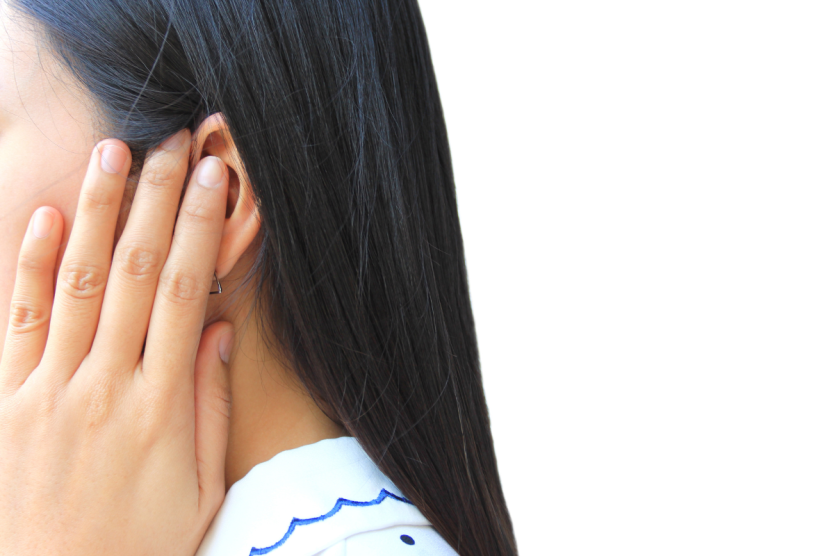If you’ve heard the term “Valsalva,” you may be wondering what it is, and why you would attempt this maneuver.
The Valsalva technique is used in several instances:
- to quickly return an abnormal heart rhythm to normal1
- to unclog ears2
- to help your health care provider diagnose a heart murmur, heart failure or vein disease1
- to diagnose an autonomic nervous system (ANS)2
- to diagnose small bowel prolapse3
Let’s look at what it is, and how and why you would do the Valsalva technique.
What is the Valsalva Technique?
The technique is named after Antonio Maria Valsalva, a 17th-century physician and anatomist whose principal interest was the human ear. He described the use of this maneuver to expel pus from the middle ear.4
These days, one of the most common uses for the Valsalva maneuver is to equalize the pressure in your ears, such as when you’re flying in a plane.5 In fact, those who learn to scuba dive, for instance, are taught to equalize as they descend and ascend in the ocean, to protect the inner ear from pressure changes.
How to Do the Valsalva Technique
Here are the steps of the Valsalva maneuver:2
- Pinch your nose closed
- Close your mouth
- Forcefully exhale
- Bear down, similar to having a bowel movement
- Hold this for 10 to 15 seconds
Why to Do the Valsalva Technique
It is recommended that airplane travelers gently perform the Valsalva maneuver during takeoff and landing, to prevent “airplane ear.” This ear barotrauma is the stress on your eardrum that occurs when the air pressure in your middle ear is out of balance with the air pressure in the environment.5
You may also be asked to perform the Valsalva maneuver as part of a pelvic exam by your physician, for instance if you have a suspected prolapse.3 This is a common condition that occurs when your pelvic muscles weaken and are unable to support your pelvic organs properly. The organ drops or prolapses, sometimes protruding out of the vagina.
During your exam, the doctor may ask you to take a deep breath and hold it while bearing down like you’re having a bowel movement. In this instance, the Valsalva maneuver is likely to cause a prolapsed small bowel to bulge downward, allowing for proper diagnosis by the doctor.3
You may also be provided instructions by your health care provider to perform the Valsalva maneuver as a quick, noninvasive method if you have a fast heart rhythm. This is sometimes provided as treatment before taking medicine or undergoing another procedure to get your heart rhythm back to normal. This should be done only if your physician has given you instructions.1
The other instances of using the Valsalva maneuver are for diagnosis by your doctor, so it’s not for everyone to try.
The Risks of the Valsalva Technique
Not everyone should perform the Valsalva maneuver, as there are risks for some.
Here are those times you should not attempt the Valsalva maneuver:
- if you have high blood pressure2
- if you are at risk for a stroke or heart attack2
- if you have been diagnosed with an arrhythmia2
- if you have heart valve disease or coronary artery disease1
- if you have congenital heart disease (since birth)1
Also, since the Valsalva technique increases pressure in your eyes, you shouldn’t attempt it if you have retinopathy (a problem with blood vessels in the retina of your eye) and intraocular lens implants in your eyes, such as after cataract surgery.1
Even if these don’t apply to you, you should be cautious if you’re using the Valsalva maneuver to clear your ears. If you perform it too forcefully, you may rupture an eardrum.2
Ask a Doctor First
Before attempting the Valsalva technique yourself, such as to diagnose a prolapse, it’s best to speak to a doctor. Getting medical advice and instructions is preferable to putting yourself at risk by performing a technique that could be dangerous in your specific situation. Use our physician finder to seek out a doctor near you.




















